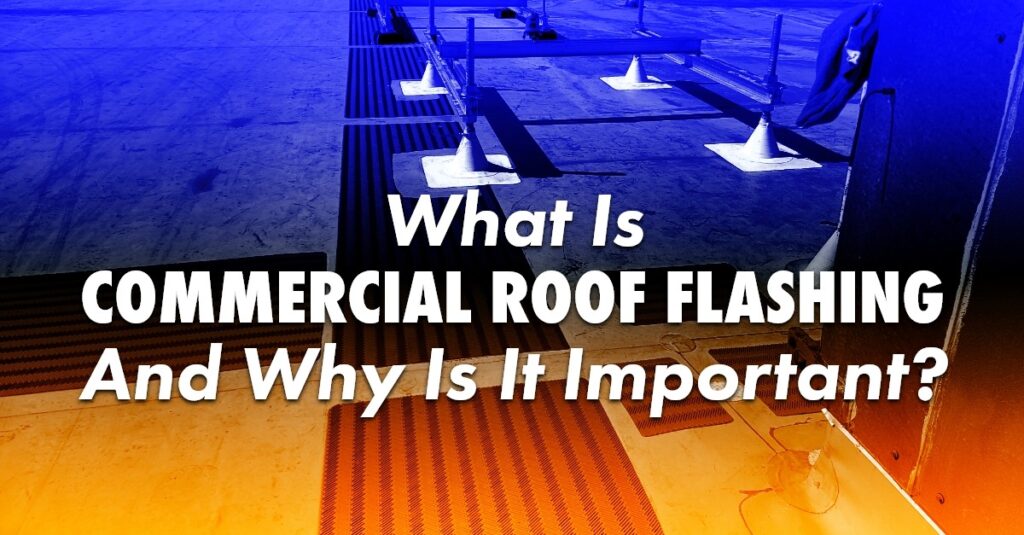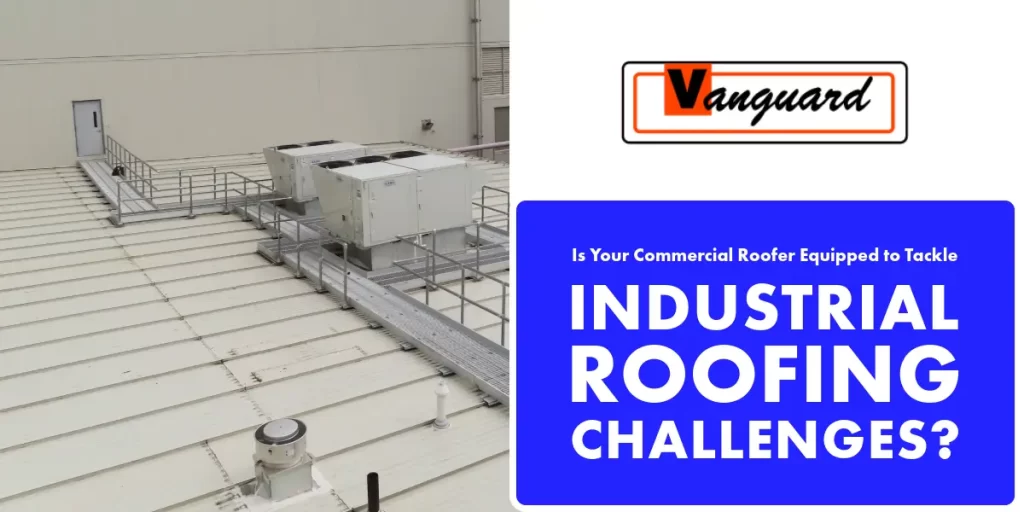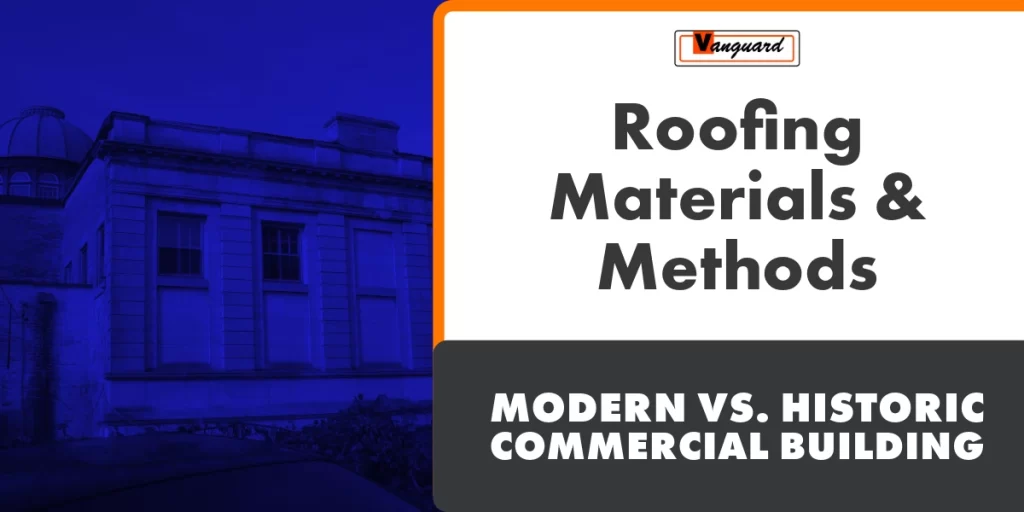The first day on the job as a commercial roofer, every technician learns the difference between flashing on a roof and flashing in a public park. One usually results in watertight protection. The other usually results in an arrest. So just what is roof flashing, and what does it do?
Old School Flashing
Let’s try to get past the image of something highly inappropriate happening during recess, all right? Old School flashing—according to Old School roofers—means thin metal, and only thin metal.
This kind of flashing is thin, sturdy aluminum, copper, galvanized steel, or sometimes lead that is used to bridge gaps between unlike materials on a commercial roof:
- Bargeboard flashing (for steep-slope roofs)
- Cap flashing
- Corner flashing
- Drip sill flashing
- Eaves flashing
- Inverted corner flashing
- Ridge flashing (for steep-slope, dual sloped roofs)
- Saddle flashing
- Valley flashing (for steep-slope applications)
Through the Roof
These days most Old School roofers are just turning into old roofers. So “flashing” now means a lot more than thin metal (or clothing-optional activities).
Roof piercings of any type demand the same protection against water infiltration. That’s what flat sheet metal flashing provides. Vent and exhaust pipe flashings are often pre-formed soft metal or rubber boots that (not so easily) slide down around roof piercings to seal between the field roof material and the pipe.
Other methods of sealing up those sanitary stacks, electrical conduits, exhaust fans, and HVAC units include:
- Curb flashing in wide, flexible plastic
- Rubber or synthetic rubber such as EPDM
- Caulking
- PVC or TPO strips
- Roofing felt slathered with hot asphalt
- Roof cement
- Hot asphalt
It’s Gotta Get Done
From a commercial roofer’s perspective, it does not matter whether you are fussy about flashing or accept the expanded definition. Your commercial roof simply will not survive without flashing in all its various materials.
Flashing prevents water (ice, snow, sleet, hail, snow pellets, snow grains; apparently the National Weather Service could go on and on…) from seeping through your commercial roof into your roof deck and then into your working space. Whether using plastic, metal, composites, or rubber, your roofer must install flashing as part of routine maintenance and full roof replacement.
Flashing can be adhered to your building mechanically, with adhesives, or by sandwiching it between other roof and masonry layers (as in step flashing around chimneys). You need not worry about how the flashing is installed. It just has to get installed.
Good to Go
Flashing is, by design, not intended to last as long as your roof itself. The metal is thin to be flexible and corrosion-resistant, but it can give out or be peeled away by high winds. Caulking, rubber, and plastics are all not as durable as metal flashing.
Rely on your local, helpful commercial roofer to keep an eye on your building’s flashing and repair or replace it.
Let’s not get ahead of ourselves; we know you want to send your facilities crew topside to take care of this “minor” job. That would be a big mistake, for these reasons:
- All roofs, even low-slope commercial roofs, are inherently dangerous
- Professional roofing crews know how to work safely
- Your facilities crew probably lacks the fall arrest equipment needed to work on the roof
- Improper flashing repairs could void your commercial roof warranty
- Improper flashing replacement or repair could cause water infiltration
To be sure your building and its flashing is good to go, arrange for an annual or semiannual inspection. Only with an annual or semiannual inspection and repair visit can you be sure your roof is ready for rough weather.
Low Cost, High Value
They may not know it, but flashing could get your entire accounting department all hot and bothered. Why? Because flashing (installed, repaired, or replaced) is a low-cost, high-value part of your commercial roof.
You get a significant bang for your buck when your commercial roofer maintains the metal, plastic, rubber, and caulk on your roof.
Let’s say your roofer informs you the PVC around your HVAC curb needs replacing before winter (and let’s assume you understood what the heck your roofer is talking about). Such a one-person, half-day job will not cost very much.
But what can you save?
Your HVAC system will continue to operate smoothly. Your roof deck will stay dry and structurally sound. Equipment, supplies, raw materials, and employees underneath the rooftop HVAC unit will not get cold water dripping on them.
Even replacing large areas of cap flashing is not a hugely expensive or prolonged job. Yet it can prolong the life not only of the roof, but of your exterior walls. Every dollar and hour of attention you expend on commercial roof flashing is a dollar invested in your company’s future.
Vanguard Roofing proudly serves businesses throughout the Northeast. Contact us today to learn more about your commercial roof, its many parts (including flashing), and commercial roof replacement.



